
Shyama Balakrishnan

44 books
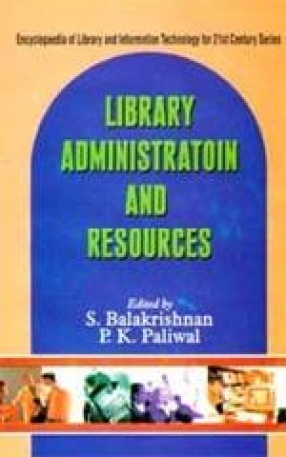
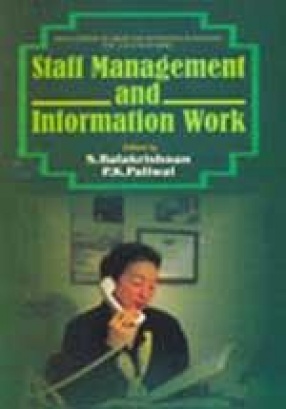

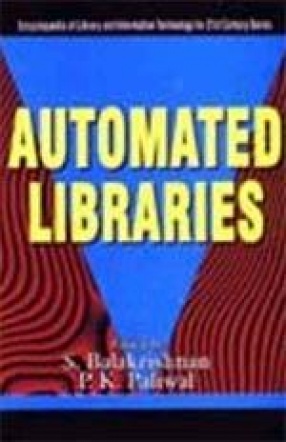
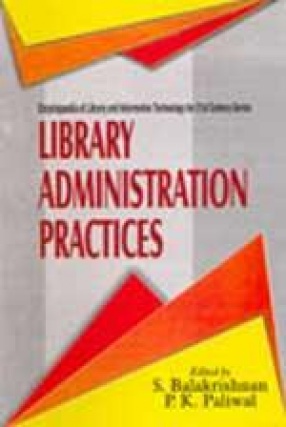

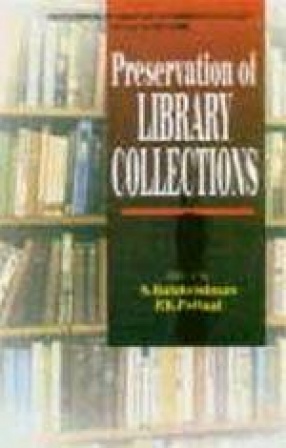
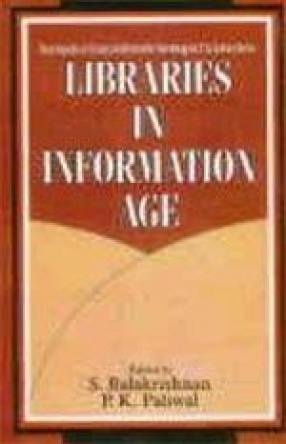
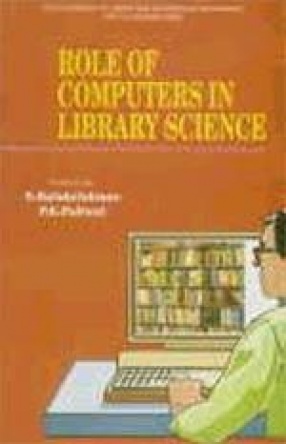
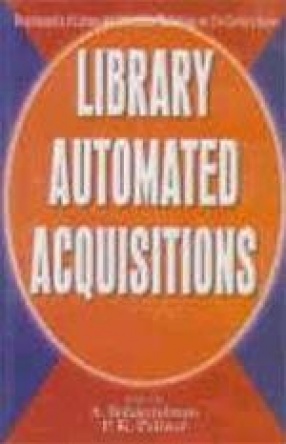

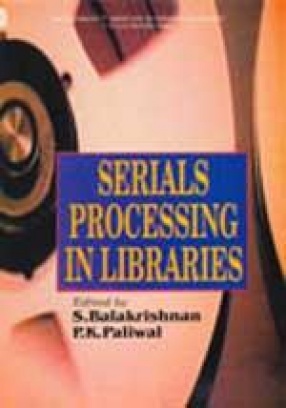
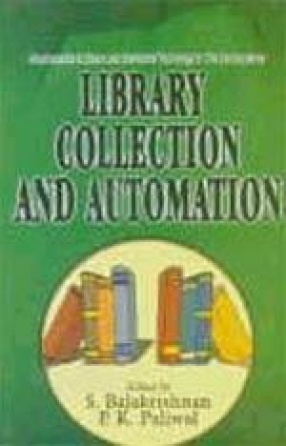
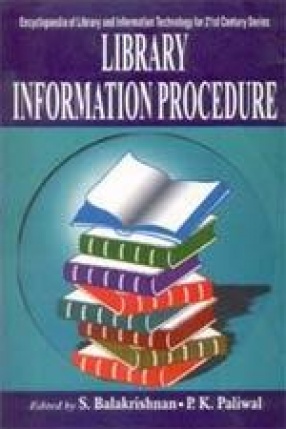

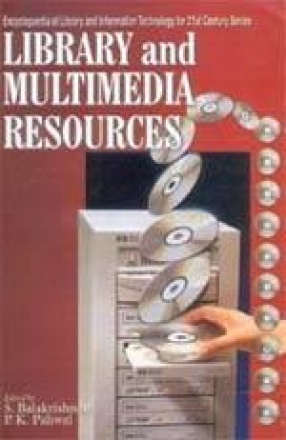

The recruitment policy of a library is planned considering the nature of its services. Thus, the recruitment policy of a public library differs from a school or college or University library or from any special and research library. Hence the recruitment of the library staff should be made by certain tests like aptitude test, personality test, interest test, intelligence test, etc. After appointment, the library needs to ensure that new staffs are trained in ...

Each organisation performs certain office functions for implementing various decisions taken by the management from time to time. A library also performs similar functions, though in a modified forms due to its special functions and jobs. Library administration looks after various functions e.g. Planning, organising, staffing, directing, coordinating, reporting, and budgeting. Some significant issues like library management planning; resources and staff training; ...

In view of fast-changing computer technology and the increasing manufacture of sophisticated computers during last few decades have changed the entire concept of library management. Hence what will be the ideal theories and practices of modern library management? This book puts light on many such vital issues like-introduction; planning and decision-making; organisation; administration; library automation; computer in library management etc. This will prove a ...

Staff management is important as mostly half of the library's budget is spent on staff salaries. So it is important to analyse and evaluate existing jobs and staffing structure and modify them in relation to changing needs such as automation, taking account of the balance between supply and demand for library and information workers. It is vital to have a well thought-out recruitment strategy using staff who are skilled in drawing up personnel specifications and ...

Public libraries have a wealth of resources on which they can draw, both external and internal, to achieve efficient services and good training practices. These include their own staff, with specialist knowledge and skills, who can be used on internal programmes and courses and local authorities' personnel departments, which can help with general principles and guidance. This book contains highly useful information derived from diverse authoritative sources ...
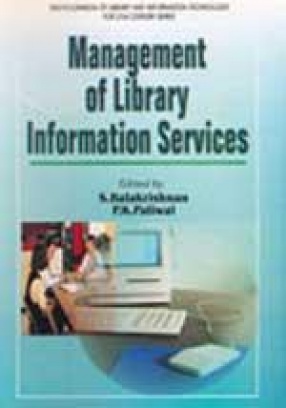
Scientific management has been defined as an attitude of mind, a belief that the use of the scientific method-with its emphasis on definition of basic assumptions, measurement, experimentation, quantified evaluation, and repeated reexamination of assumptions and results-can produce better management than blind acceptance of existing practice or the choice of alternatives by intuition. Some important aspects of the management of library information services ...

For computer application to library and information activities many attempts have been made during last two decades. It is only recently that libraries and information centres have become more earnest to computerise their operations and services. With the advent of low cost microcomputers, the libraries and information centres are now encouraged to switch over to computerisation. There is also an enthusiasm among the professionals to get trained in library ...
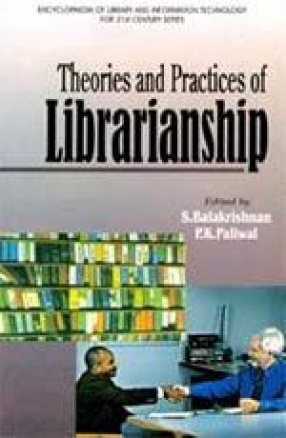
Librarianship, despite being derived from a distinct field of intellectual activity, cannot be regarded merely as form of bolt on support discipline. Many would dispute this interpretation. It is more common to attempt to distinguish 'core' elements of knowledge and skill as distinctive of a particular kind of professionality and to categorise other aspects of working knowledge as non-professional. Different theories and practices of librarianship are ...

Library administration can be studied from theoretical as well as practical angles. To have better results, practical administration must be based on sound theoretical principles. A library presents almost the same problems as are encountered with any other social institution—a college, or an industrial undertaking. It would, therefore, be appropriate to take into account the administrative functions of other social institutions and to apply them to libraries ...

There is currently considerable interest in the nature of organisations as information systems, from the perspective of computing and cybernetics (that is, the science of systems of control and communications; in particular, study of the human control system of nervous system and brain, and experimentation with applications of computing technology to intelligent processes). Library Organisation, as is obvious from the name of the title, this book contains ...
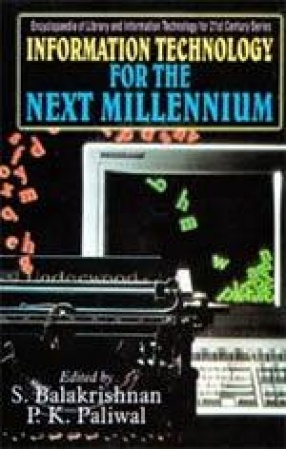
Burgeoning electronic publishing and resources made available via digital imaging facilities are replacing direct hard copy print resources. If the right decisions are not made to invest in building the needed skills and technology infrastructure, some libraries will face even more serious problems in meeting their users’ needs. It will be only a matter of time until all libraries will be forced to use resources beyond the traditional printed book and journal. ...

The main aim of a library is to utilise its resources to the best advantage of its readers. As such these have to preserve the oldest and rare reading materials meticulously. The basic objective of a preservation policy can be defined as being to ensure that materials and information which the library’s users can reasonably demand will be available when they are needed. The well-researched information contained herein will equip the readers with latest ...

Library management systems are but a segment of a world of information technology and elsewhere there are a variety of systems which are designed primarily to present the customer with information which they use directly, but in electronic form. The clutch of technologies which cover electronic information delivery include CD-ROM, online access to remote database hosts, videotext/ teletext and automated community information. As is obvious from the name of the ...

With the advancement of computer technology and under the impact of information technology revolution the entire scenario of library science has undergone drastic changes. The sophisticated magnetic media and the silicon chip brought about a major break-through in the storage of data and information. Role of computers in library science is thoroughly assessed in this book. Information gathered in different chapters like—advancement of computer technology; ...

In an automated environment library managers are paying close attention to production goals. At the same time, the bibliographic records in online databases should reflect accurately the library’s holdings. Automation can be introduced as part of a strategic plan based on a user-centred philosophy of information provision rather than on an ad hoc basis, thus disruption and the adverse effects on staff. The rich information contained herein will equip the ...

Automation refers to the application of machinery to perform work that would otherwise be done by human beings. Therefore, the use of photocopiers, facsimile machines, and (in bygone days) typewriters in libraries could technically fall under the rubric library automation. Currently, however, library automation is generally understood to refer to the use of computers, computer networks, or CD-ROM. Serials automation covers several distinct concepts, including ...
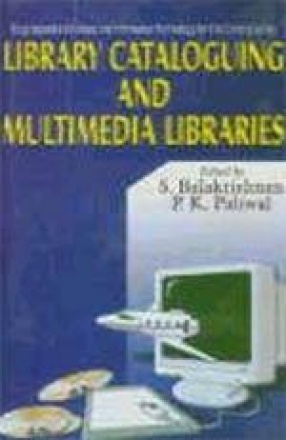
Normal catalogues can be divided in two forms: old forms (i.e. card and the book catalogues) and the new forms (i.e. microform catalogue). The old forms are unique in the case of book catalogue, expensive to duplicate and heavy to transport. The new forms can be made available in many places, both inside and outside the library. The developed catalogue record is multilayered and multidimensional. It uses computer technology to achieve far more than the mere ...

Serials are important enough to warrant separate treatment. Specialized knowledge and skill are required to handle serials. Serials’ unique nature requires different treatment than other formats. Better coordination, cooperation, and communications are fostered. Duplicate record keeping is avoided. Most serials organization has been based on the idiosyncratic requirements of particular libraries rather than long-range planning theory, research is lacking about ...

A library’s collecting priorities depends on some determining factors like the scope of collection, the resources available in terms of money, space and staff, and its use. At one extreme are some national libraries which are archives with the duty to retain every item for the indefinite future; at the other are the special and commercial libraries whose main role is to supply current information, not to store it. No doubt, this will prove a dependable ...
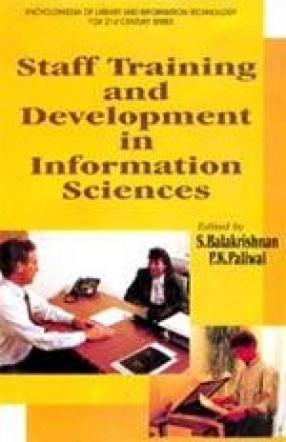
Job training is practised universally in all organisations either consciously or unconsciously. There tends to be an easily assumption that satisfactory job training exists because everyone who remains in post on a library must of necessity have learnt his job to at least minimum standards. Training improves individual performance in the directions desired by the library manager. If it is done well, staff will also be developed personally. Here in this book some ...

Information technology is a powerful tool for enhancing societal infrastructure, revitalising traditional industrial sectors, extending knowledge, and enriching human culture. However, private sectors are generally incapable of paying the cost for the implementation and operation of such information-oriented systems. Beneficiaries of societal infrastructure generally take the benefits for granted and are reluctant to bear the cost or are incapable of doing so. In ...

Online catalogs can be easily accessed from outside the library, by using remote terminals and microcomputers with communications capabilities. They may provide more current information than other forms, and can more readily include more materials, thereby providing better coverage using them for subject retrieval may be more effective. In the case of subject retrieval, online catalogs allow users of libraries to find the information that they want not only more ...

This book is devoted to an examination of the various media currently found in libraries. The task of learning the various media categories is quite simple, and indeed most people are familiar with most of them as they are an integral part of their everyday lives. The benefit of such learning is realised when the library becomes involved in selection and needs to know what medium is best for a particular need or situation. A number of core issues like library ...
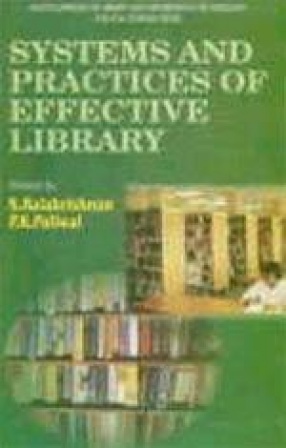
Academics frequently see their own success as having been achieved despite the confusions and inefficiencies of the libraries they used, and may feel contemptuous of any suggestion of the need for professional expertise in the assistance to readers. For these reasons, the librarians’s abandonment of the bibliographic mystery of cataloguing, which academics did conceive of as an occupation for professionals, has made it even more difficult for academic libraries ...
